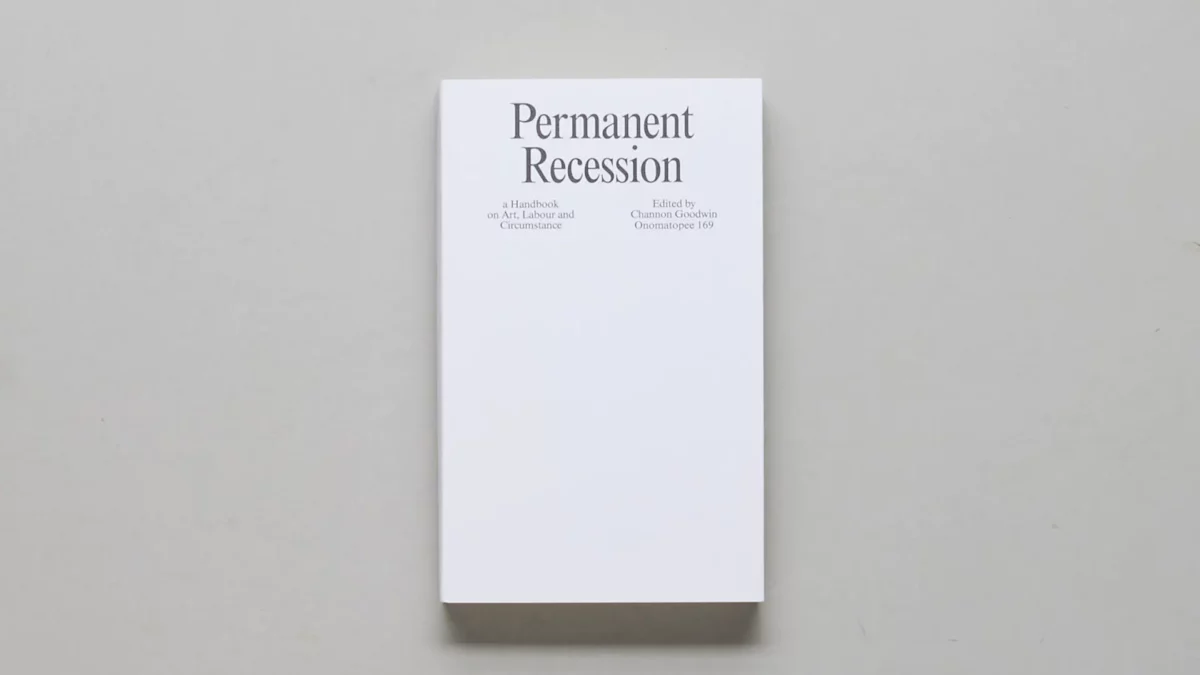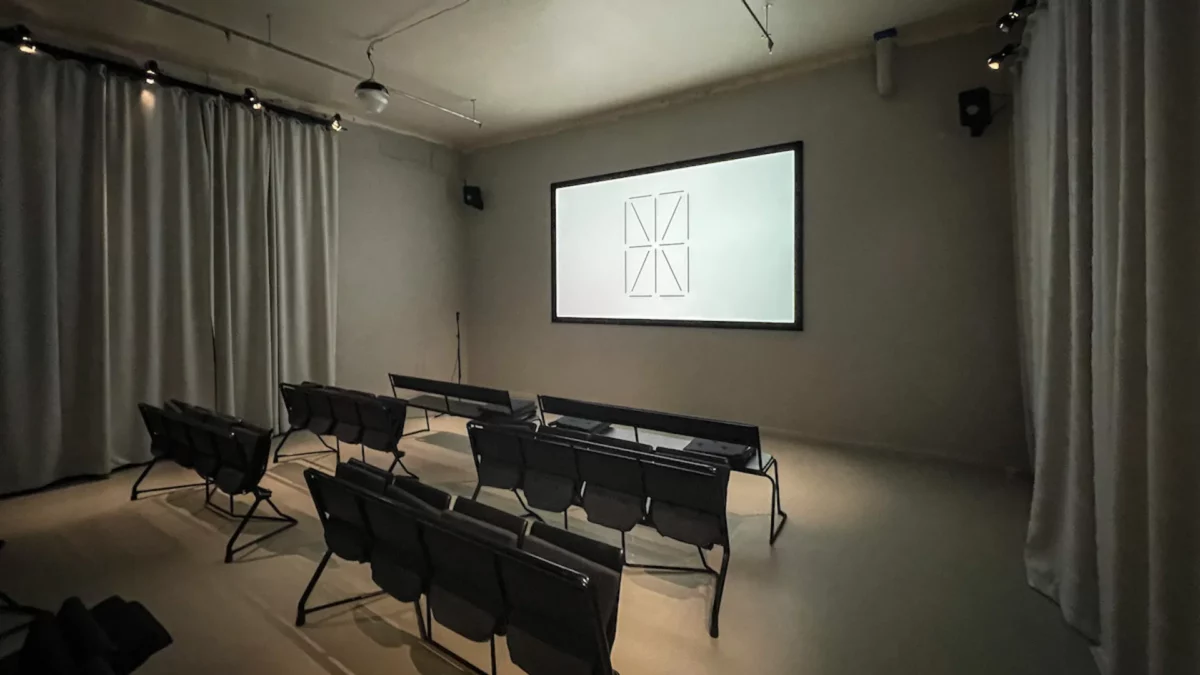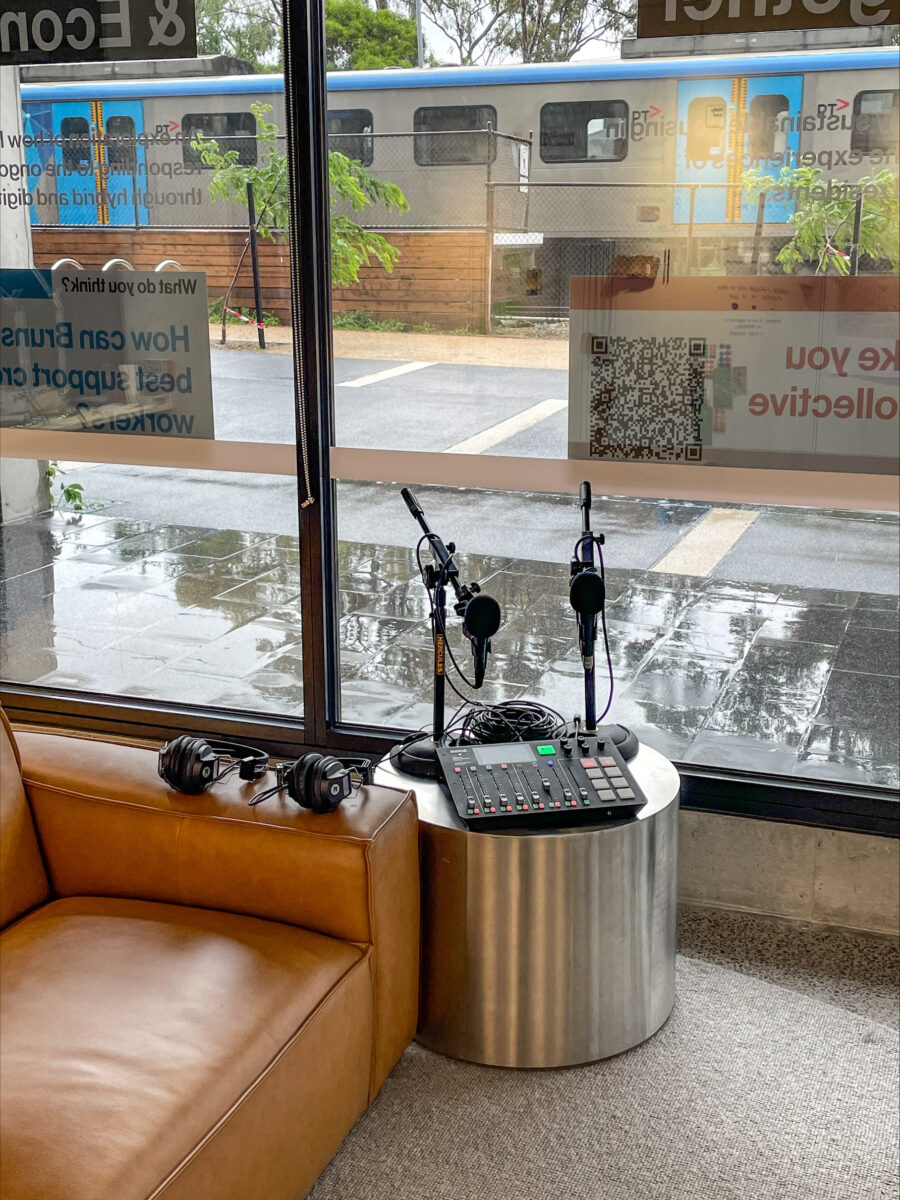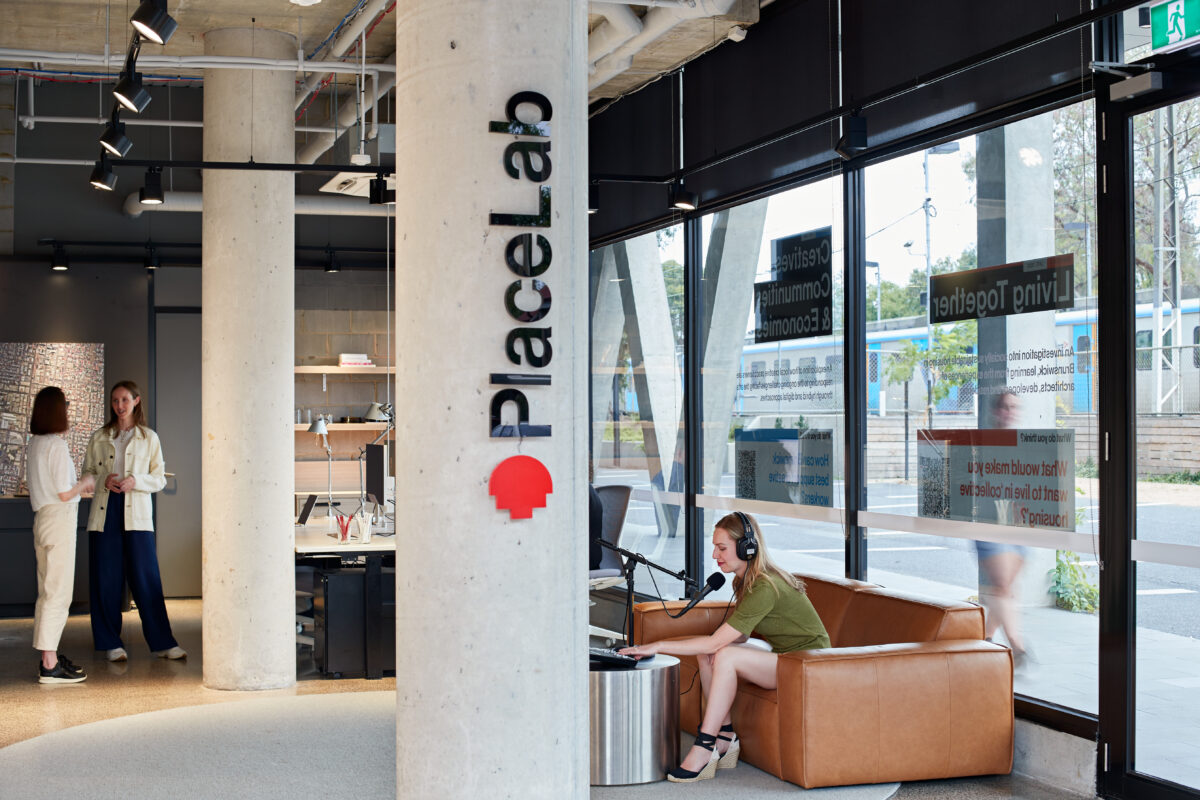Meet the Artist-Researcher: Channon Goodwin
Meet Channon Goodwin, our artist-researcher-in-residence at RMIT PlaceLab Brunswick during December and January.
Channon is an artist and arts worker based in Naarm/Melbourne and a PhD candidate in the School of Art at RMIT University. Channon’s work engages with collective, collaborative, and artist-run practice and forms of artist-led organisation building.
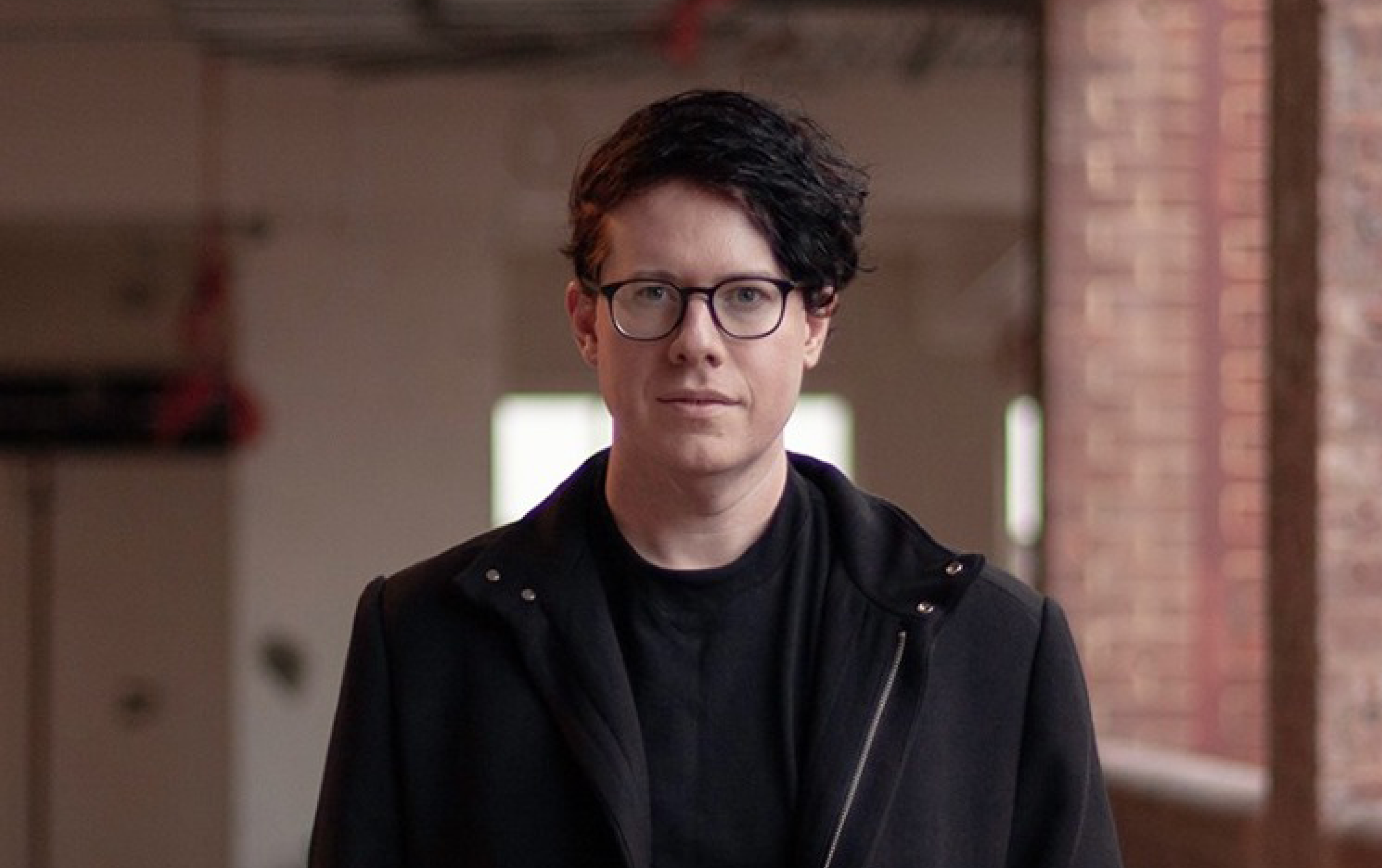
How do you describe your creative practice?
My practice involves a variety of artist-run organisation-making activities. I spend much of my time outside of the studio, founding and administration small-scale organisations and navigating the bureaucratic realities of establishing and managing these “micro-commons”. More broadly, I am passionate about forms of collective, collaborative, and artist-run practice in the visual arts. I am the current Director of Composite Moving Image Agency & Media Bank, and Convener of All Conference, an organising network comprised of 17 artist-led, experimental and cross-disciplinary arts organisations from around Australia. I also work with a variety of organisations around Naarm as a videographer under the name Fellow Worker.
Figure 1. Permanent Recession: a Handbook on Art, Labour and Circumstance.
Figure 2. Composite Moving Image.
What has been the focus of your previous work?
Previously, I was Director of Bus Projects, one of Narrm/Melbourne’s longest-running Artist-Run Initiatives, prior to this I worked at Metro Arts, QAGOMA and Boxcopy in Meanjin/Brisbane. In 2019, I was awarded an Australia Council for the Arts International Residency at ACME in London, where I examined the lineages of artists’ video and filmmaking cooperatives. I also edited Permanent Recession: a Handbook on Art, Labour and Circumstance (2019), published through Onomatopee Projects. This book is an enquiry into the capitals and currencies of experimental, radical and artist-run initiatives in Australia and the labour conditions of working artists.
Figure 1. Listening Station. Image: RMIT PlaceLab
Figure 2. Listening Station. Image: Michelle Williams
Can you tell us more about your new project, Common Knowledge?
For the RMIT PlaceLab residency, I created Common Knowledge, a project that examines artists’ and creative workers collective, participatory, and community-based activities to make visible (and audible) the forms of social, cultural, and economic value they create. I used audio field recording and oral history methods to map creative practice throughout the Merri-bek Council area.
Our neighbourhoods represent complex creative ecologies with distinct character, values and economies. Communities consist of dynamic clusters of cultural groups, distinct architectural legacies, and contemporary waves of development and gentrification. Through undertaking a series of interviews with artists and arts organisations throughout the Merri-bek, with companion field recordings of the environment in which each subject is located, I sought to locate bespoke knowledge and represent a community’s tangible and intangible, creative and civic assets. I used the concept of “the commons” to frame these conversations, a concept that refers to a wide range of resources, systems and situations such as civic infrastructure and cultural works as well as various models of resource-sharing.
The resulting recordings that make up Common Knowledge project will begin to remap the creative arts ecology in Merri-bek by forming a mappable index of the commoning practices (the activation of common resources through community action and governance) of community members. In fact, community groups and artists regularly engage, knowingly or not, in the commoning practices when organising as creative collectives, co-producing group exhibitions, building shared workshop spaces, and establishing galleries, journals, or political action groups, with an aim to combat isolation, decrease competition or foster economic empowerment.
The goal of Common Knowledge is to create a new “knowledge commons” in the form of a series of interviews and field recordings which has resulted in a listening station at RMIT PlaceLab Brunswick and, in time, a map that acts as an accessible aggregation tool, linking together the stories, creative practices, small-businesses, collectivist initiatives of community members diverse cultural and socio-economic backgrounds.
Thanks, Channon! We look forward to seeing the outcomes of your research take form.
